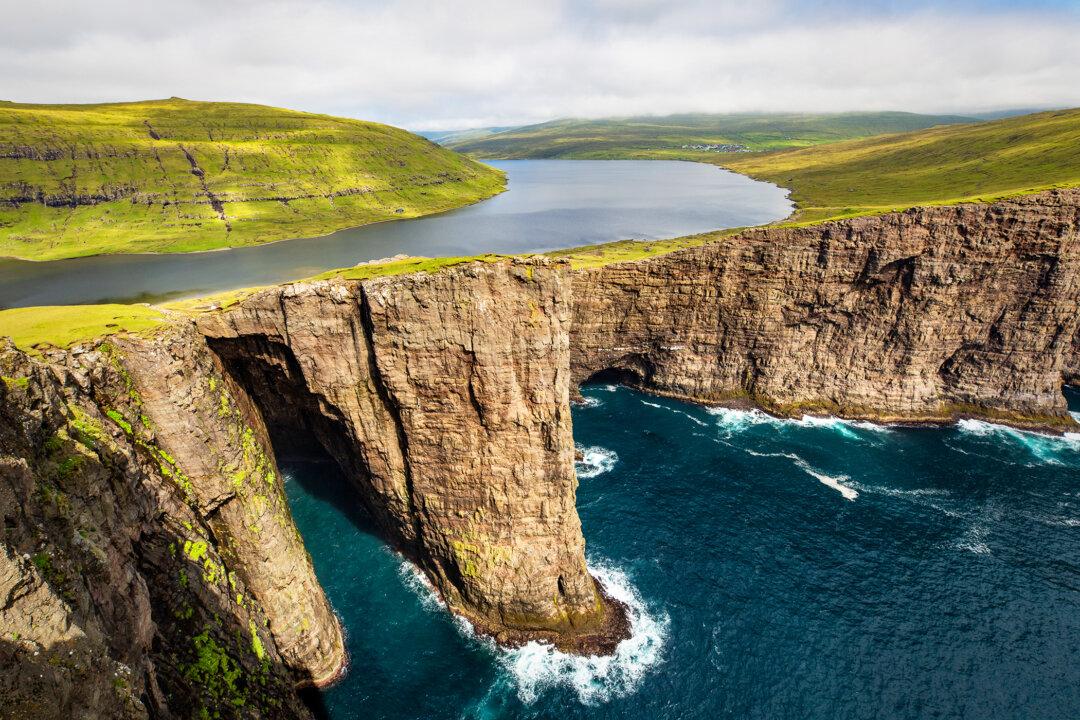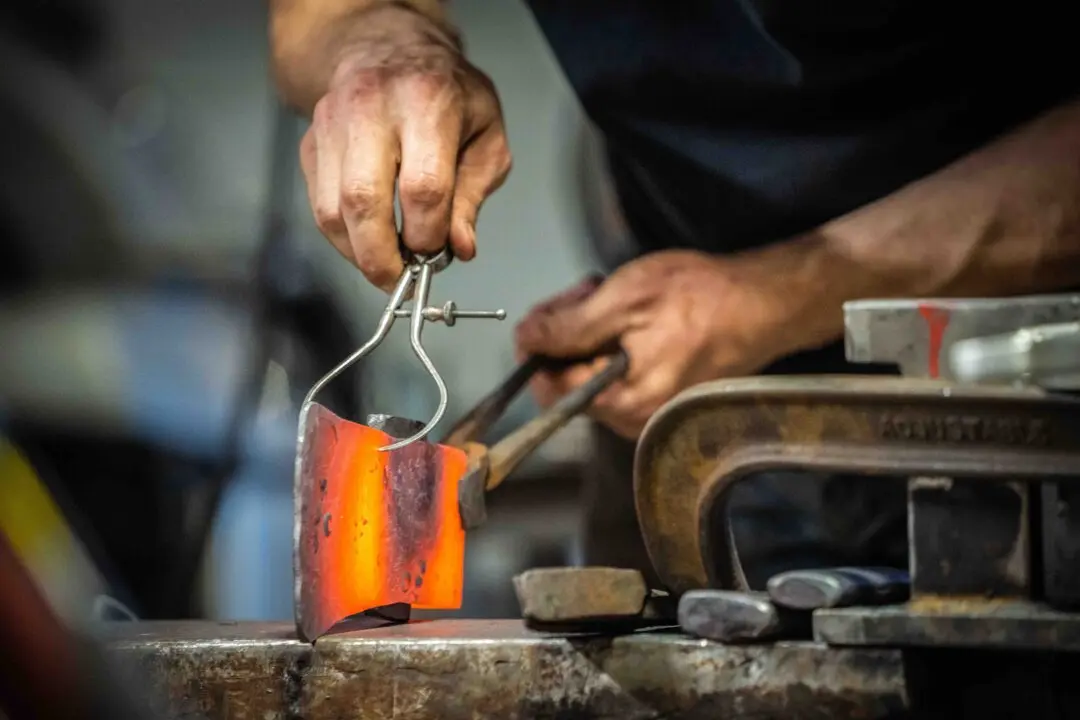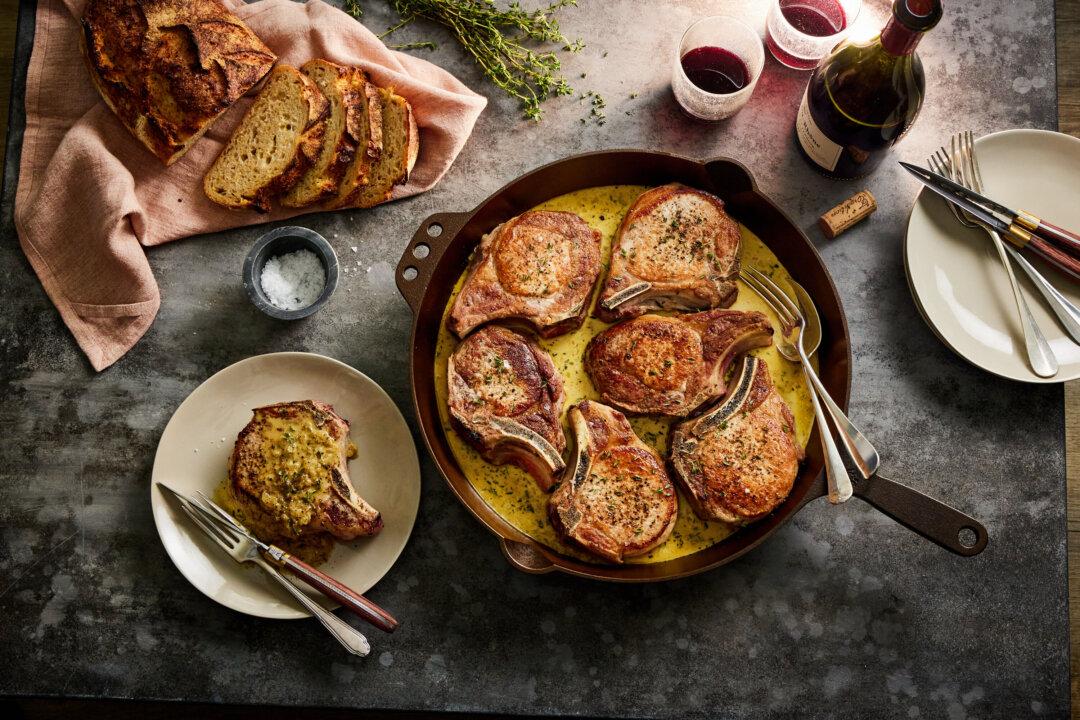As if straight out of a fairytale, the Faroe Islands’ largest lake appears to be one of the most magical sights on Earth. Due to its unique position, Lake Sørvágsvatn seems to hang over the ocean beneath it—making it one of nature’s most clever optical illusions.
With an elongated shape and a remarkable position atop a rocky precipice over the Atlantic Ocean, the 3.4-square-kilometer (1.31-square-mile) floating lake, when viewed from a particular angle, tricks the eye into believing that it’s hundreds of meters above sea level. However, in reality, it’s only 30 meters (98 feet) above sea level.






